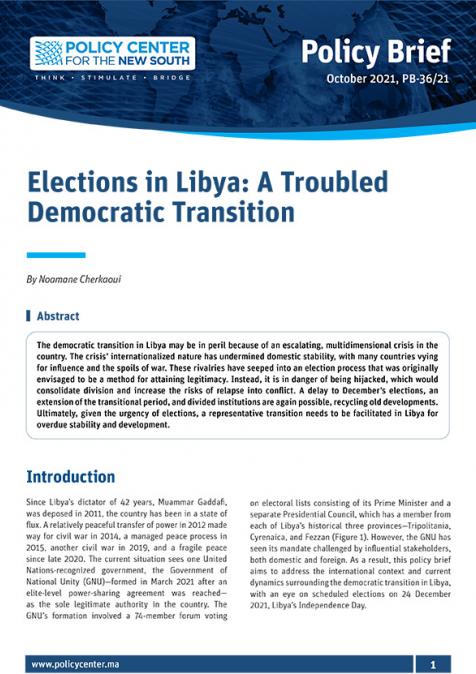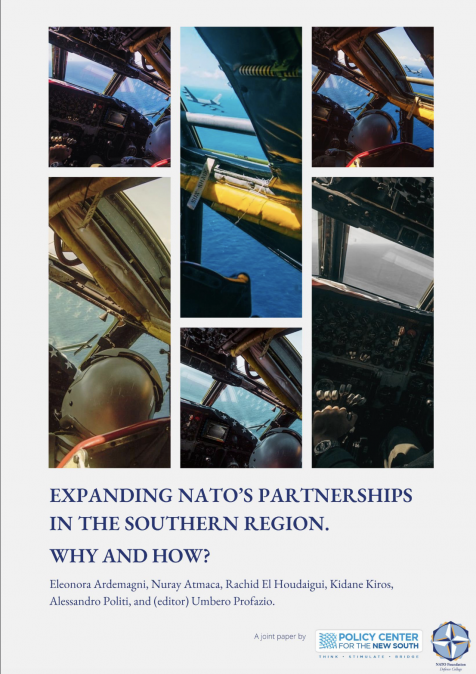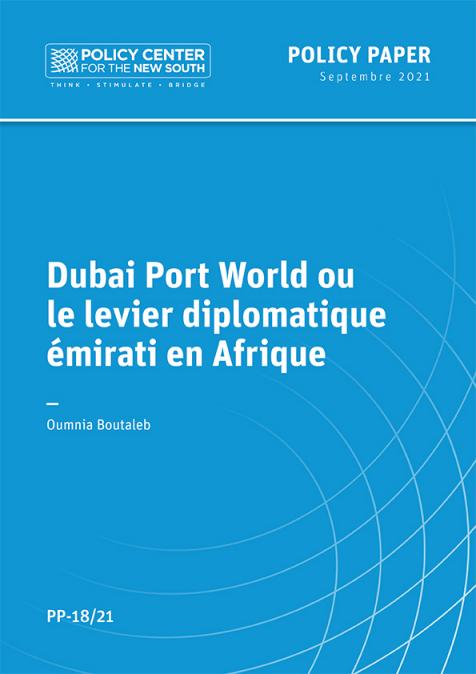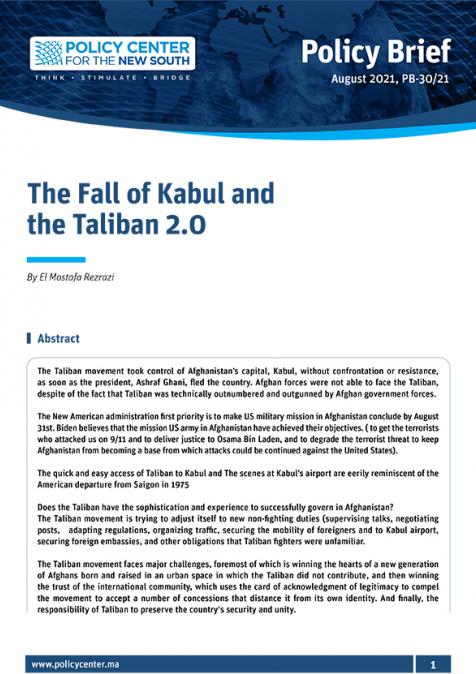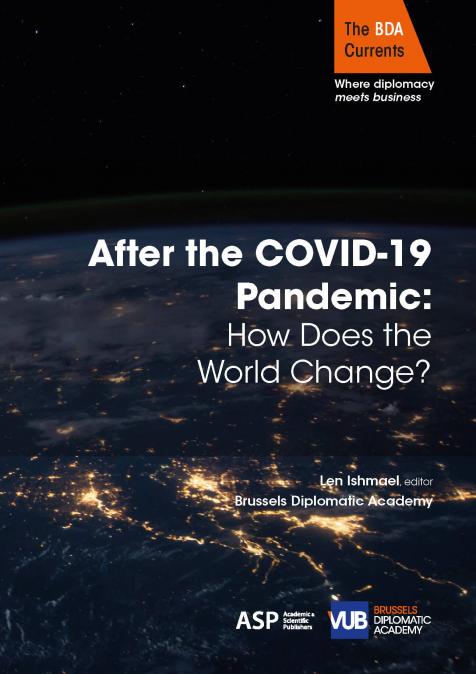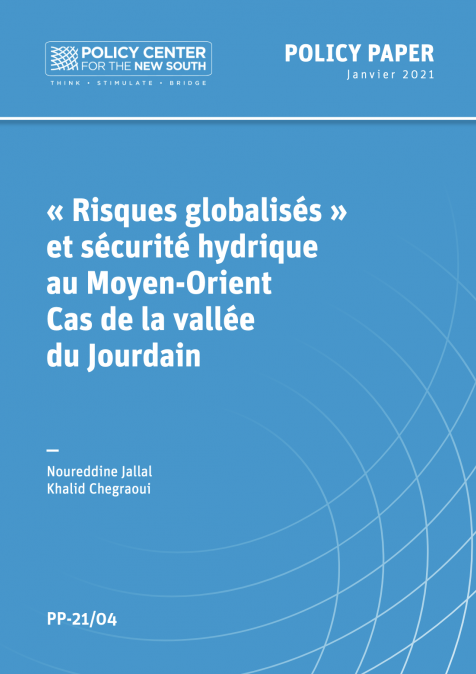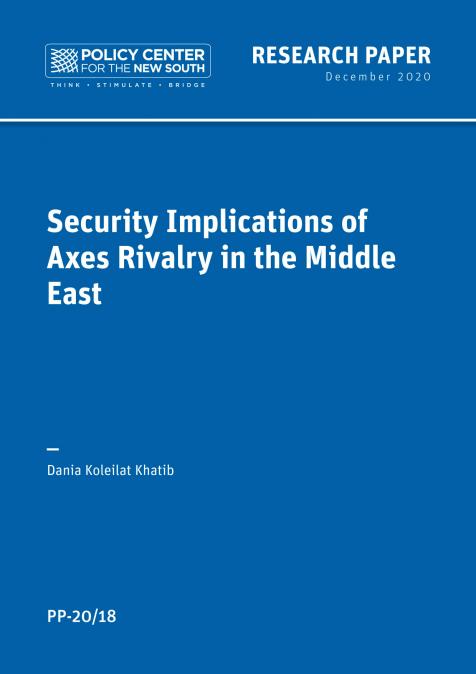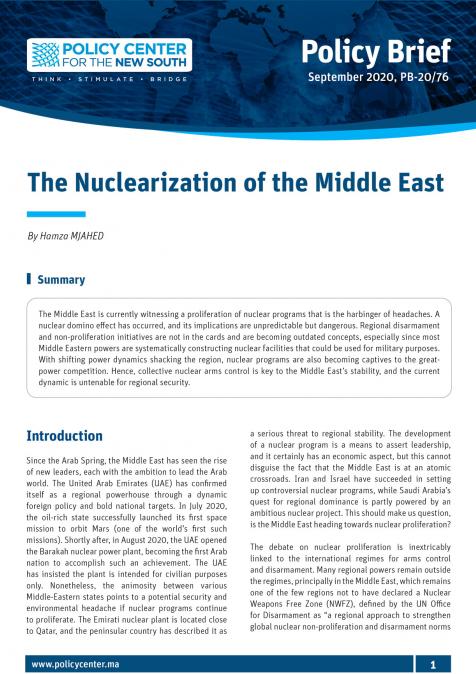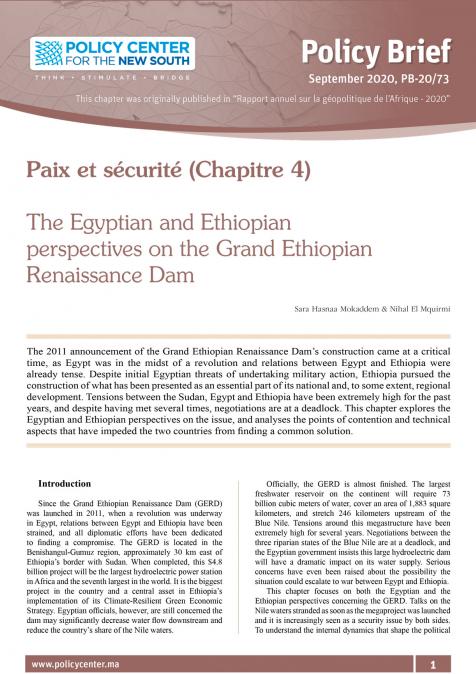Publications /
Opinion
The drone strike that claimed the life of Iranian general Qasem Soleimani unmasks the limits of so-called "hybrid" – or "asymmetric" – strategies. These low-intensity military operations, conducted through unofficial paramilitary forces, are supposed to allow a weaker state to gain geopolitical advantages without risking an open war with a stronger one. The idea is to gradually accumulate small tactical victories by capitalizing on more powerful states’ lack of appetite for distant major military interventions. In Ukraine, Vladimir Putin was able to profit from the fact that neither the Americans nor the Europeans were ready to die for Kiev.
As for the US, fatigue about playing the role of "world policeman" does not date from the Trump administration. Under Barack Obama’s government confronted with the Afghan and Iraqi quagmires, it was no longer possible to continue risking American lives and riches in endless, fragmented local conflicts, with no prospect of victory. The US military forces cannot afford anymore to get bogged down by swarms of Lilliputian fighters (terrorists, militias, proxys…) far away from home. This is not traditional American "isolationism", just a much more down to earth consideration: the United States’ tremendous military superiority should solely be used – overwhelmingly – when there is a direct threat to the country’s strategic interests. Exit “regime change”, exporting democracy or playing sugar daddy to allies’ quarrels. Give-and-take: an agenda that got Donald Trump elected.
Washington therefore, has lost much interest in local Middle East political games. Today, the only strategic priorities of America’s state apparatus boil down to maintaining its influence on world oil prices by securing production and flows through the Strait of Hormuz, guaranteeing the integrity of the State of Israel and preventing the rebirth of a new terrorist territorial “caliphate”. Even access to Gulf oil reserves is no longer a prime concern, thanks to the domestic shale oil and gas industries, while American dwindling imports from the region account for only 9%. As for the myriad of interstate and sub-state conflicts blooding the whole region, it would be enough to just let the different protagonists keep slaying each other. And if "outside" powers – such as Russia, Turkey or Iran – want to get bogged down in that ineluctable morass, good luck to them. Provided they respect a clear "red line": no power (regional or global) should threaten American strategic interests by aiming for hegemonic domination of this huge geographical area.
The Iranian government for its part is well aware that it has neither the military nor the economic means to sustain a direct-armed conflict with the United States. And that the other great powers, Russia and China, have no intention of dying for Tehran. But Iran had to face mounting Western pressure on its nuclear and ballistic program, as well as crippling economic sanctions. The solution was to fall back to an “indirect” dual strategy. On one hand, to try to lessen the weight of economic sanctions by signing, in 2015, a limited ten years-long international agreement controlling its uranium enrichment policy. On the other, an "asymmetrical" offensive, aimed at spreading and reinforcing its influence over a territorial arc extending from the Iraqi border to Southern Syria and Lebanon. A sort of low-cost Iranian empire, designed and commandeered by General Soleimani, making use of local Shiite paramilitary militias armed and "advised" by Iranian officers (Lebanese Hezbollah, the various Syrian Shiite groups, the "Popular Movement" in Iraq, Hamas in Gaza or the Houthis in Yemen). The aim was to strengthen Teheran’s role as a central and essential dealmaker in the region. But without forgetting to take care of United States’ sensitivities by engaging Iraqi Shiite militias alongside American troops in the fight against the ISIS “caliphate”. No doubt, a brilliant game of geopolitical chess... until the big power decides to kick the chessboard.
Trump’s decision to leave the 2015 nuclear deal and to impose tougher economic sanctions was already a wake-up call. By demanding renegotiations including the control over the Iranian missiles program, Washington was clearly targeting the rampant expansionism of the Islamic Republic in the Middle East. By killing the main architect of the Iranian “hybrid” strategy, the White House dots the i’s and cross the t’s: either Tehran settles for a low intensity presence through proxy militias and abides its role as an actor among others in the Middle Eastern theater, or else it will face an unaffordable military escalation. In fact, the benefits of "asymmetry" are being reversed. The survival of the mullahs' regime is at stake, which is not the case with the American state apparatus. The more so that the Iranian regime must also face recent “internal” revolts: those of its own citizens against the economic conditions and the cost of external adventures, and those of large parts of the Lebanese and Iraqi populations (including Shiites) who rebel against the Iranian stranglehold on their countries. Iran therefore does not have many options.
The downing of a Ukrainian passenger plane has further reduced these options. After tree days of dithering and denial, the Iran’s Revolutionary Guard and government finally acknowledged being responsible for this “disastrous mistake”. The main political consequences of this catastrophe are domestic. Who could have anticipated that the impressive show of national unity during the funeral of general Soleimani would have been already superseded by the growing raucous gap between the Islamic Republic regime and a significant part of its population? Social media anger and street demonstrations calling for the resignation of the government – and even, amazingly, for the removal of the Supreme Leader, Ali Khamenei himself – are reminiscent of the widespread and huge protests of November 2019, which were put to rest with the killing of hundreds of demonstrators by the regime’s security apparatus. Meanwhile, throngs of Iraqi citizens – supported by their most important Shiite religious leader, Ali Sistani – are again manifesting all over their country against both America and Iran. This crumbling consensus about Teheran’s power plays, at home and in the Middle East, is a clear case of “Imperial overstretch”. It does not bode well for the Islamic regime, particularly in the eve of the February 21 elections to renovate the national Parliament and the most important Assembly of Experts, which is empowered to elect or dismiss the Supreme Leader.
True, a lot of miscalculations are always possible and sometimes unavoidable. But despite violent verbal escalations, American and Iranian authorities are not used to decide about their core strategic policies on a whim. For now, the very prudent “proportional” Iranian reprisals to avenge the death of Qassem Soleimani and the relatively soothing statements from both sides are nor really a surprise. Meanwhile, "hybrid" strategies, which supposedly level the playing field between the weak and the powerful, remain what they have always been: a makeshift that stops being suitable when the game of chess gives way to "Texas Holden" poker.
The opinions expressed in this article belong to the author.

